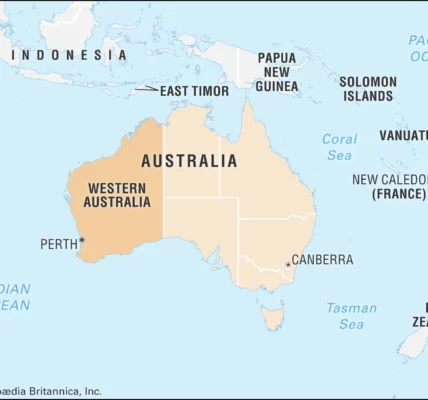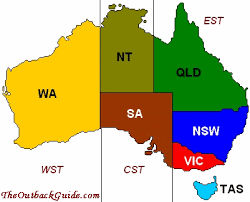The Last Total Solar Eclipse in Western Australia: A Rare Celestial Event
A Journey Through Time: Revisiting the Last Total Solar Eclipse
Western Australia, with its expansive skies, has been a witness to several astronomical events, including total solar eclipses. These celestial occurrences are not only awe-inspiring but also significant for scientific and cultural reasons. This blog post takes a look back at the last total solar eclipse observed in Western Australia.
When Did It Happen?
The most recent total solar eclipse visible in Western Australia occurred on November 23, 2012. This eclipse was part of a series known as Saros 133. During the event, the Moon’s umbral shadow crossed parts of the Earth’s surface, providing a spectacular show to those in the right location.
Path of the Eclipse
The path of totality in 2012 was quite specific, affecting a narrow area. While the total eclipse was visible in certain parts of the Northern Territory and Queensland, Western Australia experienced a partial eclipse. The northern regions of Western Australia had the best views, with a higher percentage of the sun covered by the moon.
The Experience and Observations
Those in areas experiencing the partial eclipse witnessed a significant portion of the sun being obscured by the moon, creating a unique and eerie light. Observers equipped with proper solar viewing glasses were able to safely enjoy the event. The eclipse provided not only a stunning visual experience but also an opportunity for astronomers and enthusiasts to engage in solar research and education.
Cultural and Historical Significance
Solar eclipses have always held significant cultural and historical importance. Indigenous Australian communities have various interpretations and stories associated with eclipses, often seeing them as a time of reflection and renewal.
The Next Total Solar Eclipse
While total solar eclipses are rare, partial eclipses are more common. The next total solar eclipse visible in Australia is expected to occur on July 22, 2028, when Sydney, among other locations, will witness totality. For Western Australia, observers will have to wait for future alignments for a chance to see another total solar eclipse.
A Moment to Remember
The 2012 solar eclipse remains a memorable event for those who witnessed it. Eclipses like these remind us of the wonders of the cosmos and our place in the universe. They continue to fascinate and inspire, drawing crowds and sparking the imaginations of people of all ages.



